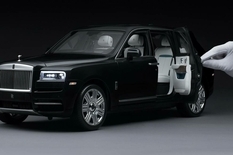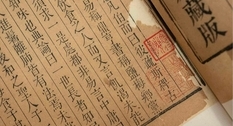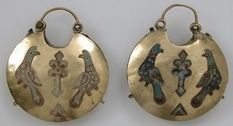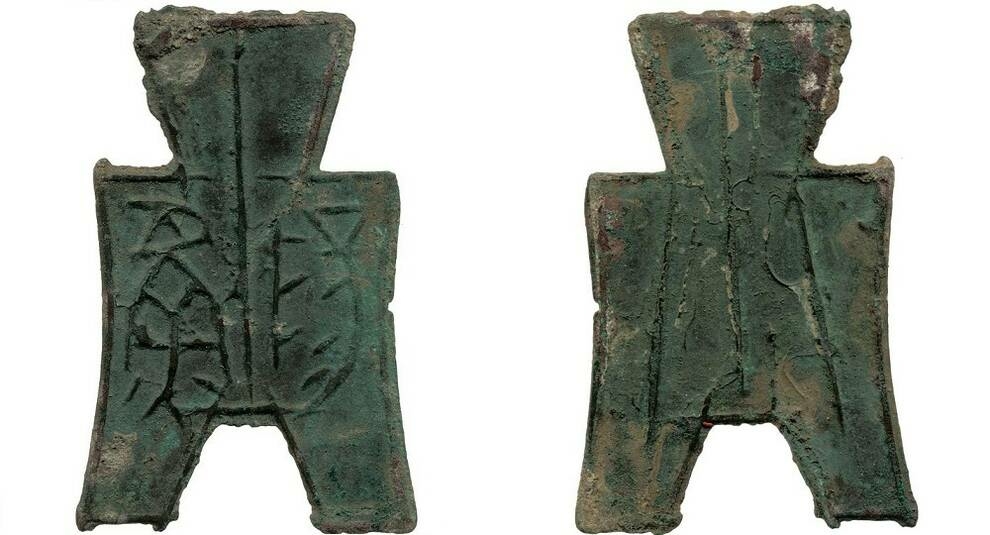
Unusual coins of Ancient China from the collection of Stephen Wootton Bushell
Stephen Wootton Bushell was an English physician and Amateur orientalist who studied Chinese ceramics, deciphered the Tangut script, and collected coins. He made a great contribution to the study of numismatics, was a member of the Royal numismatic society, and published many articles on coins. While on vacation at home, Bushnell married Florence Mathews, who donated the collection to the British Museum shortly after her husband's death.
A special place in the collection is occupied by knife money and shovel coins, which were produced around 2750-2400 BC. Knife money was made of bronze, they are made in the form of knives and shovels, were used during the Zhou dynasty, later – during the Xin dynasty, when there were 12 different types of coins with a face value from 100 to 1000 qián. Before the appearance of these coins, bronze tools were the most valuable item of exchange. Their notional value was fixed in the form of nominal coins in the form of popular items of commodity exchange. Gold and silver in the Zhou period as a means of exchange and accumulation of wealth is poorly expressed.
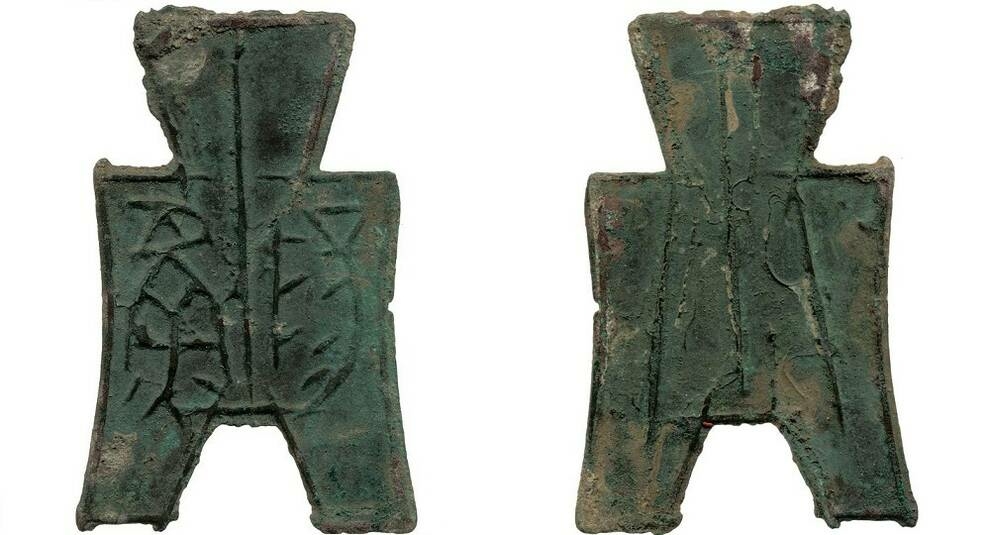



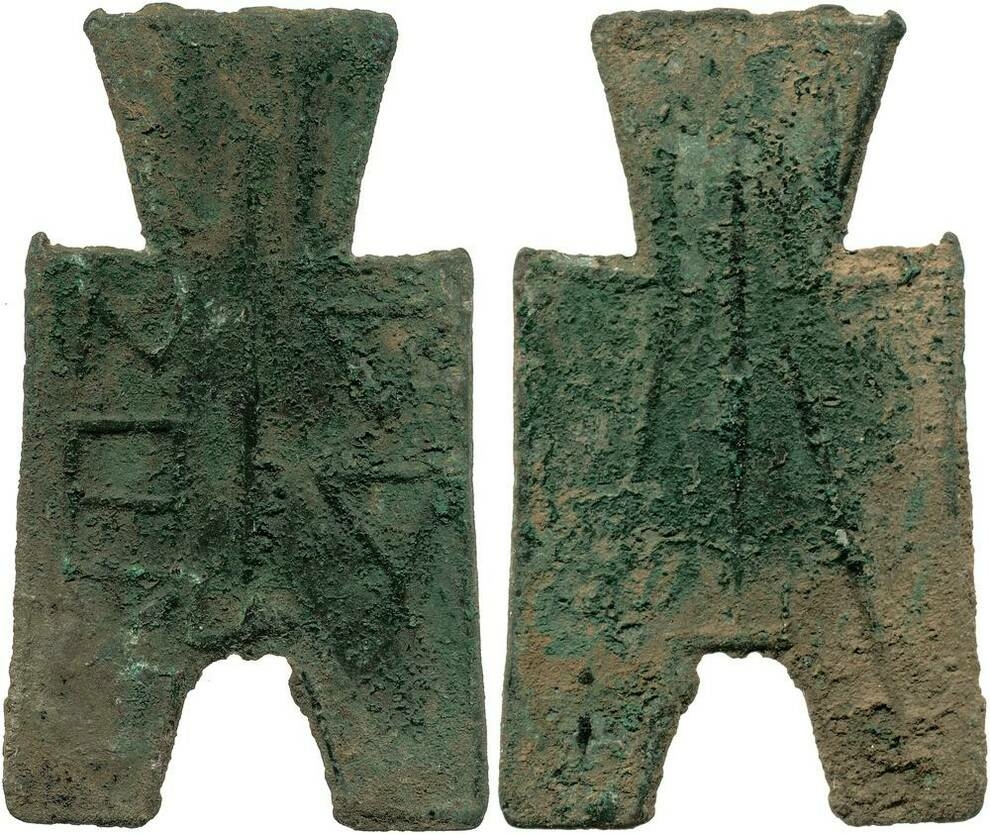

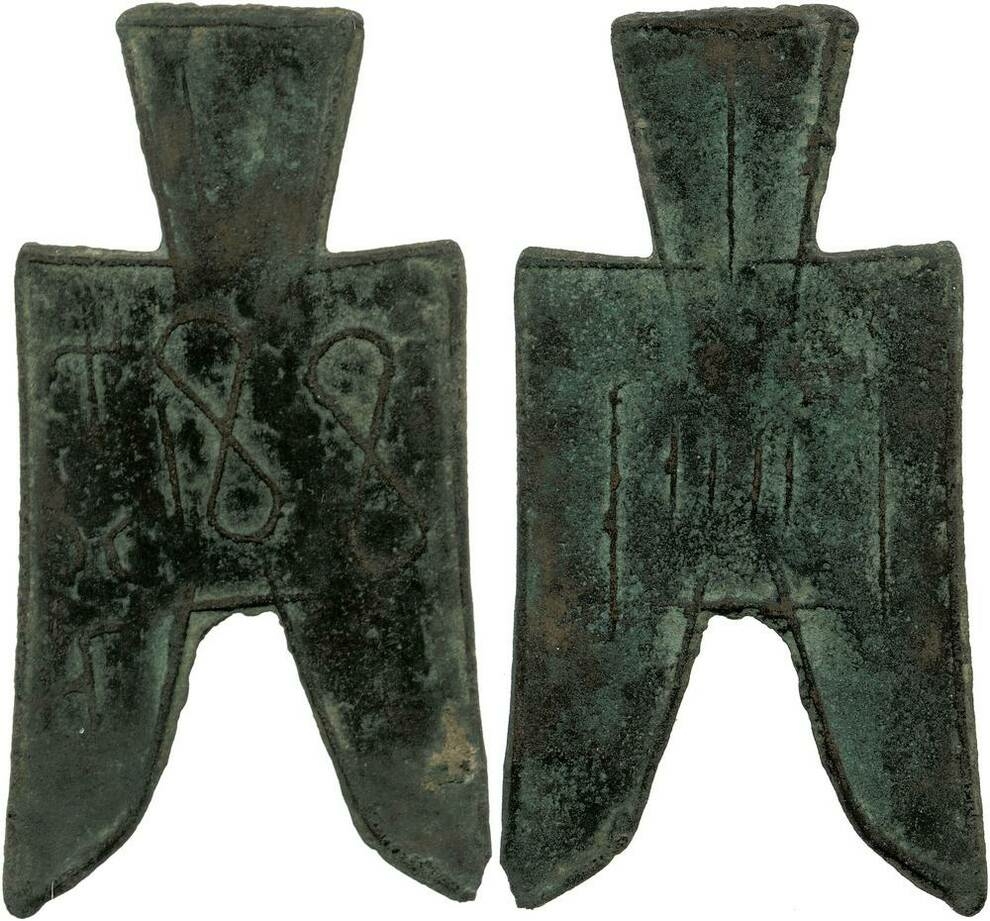
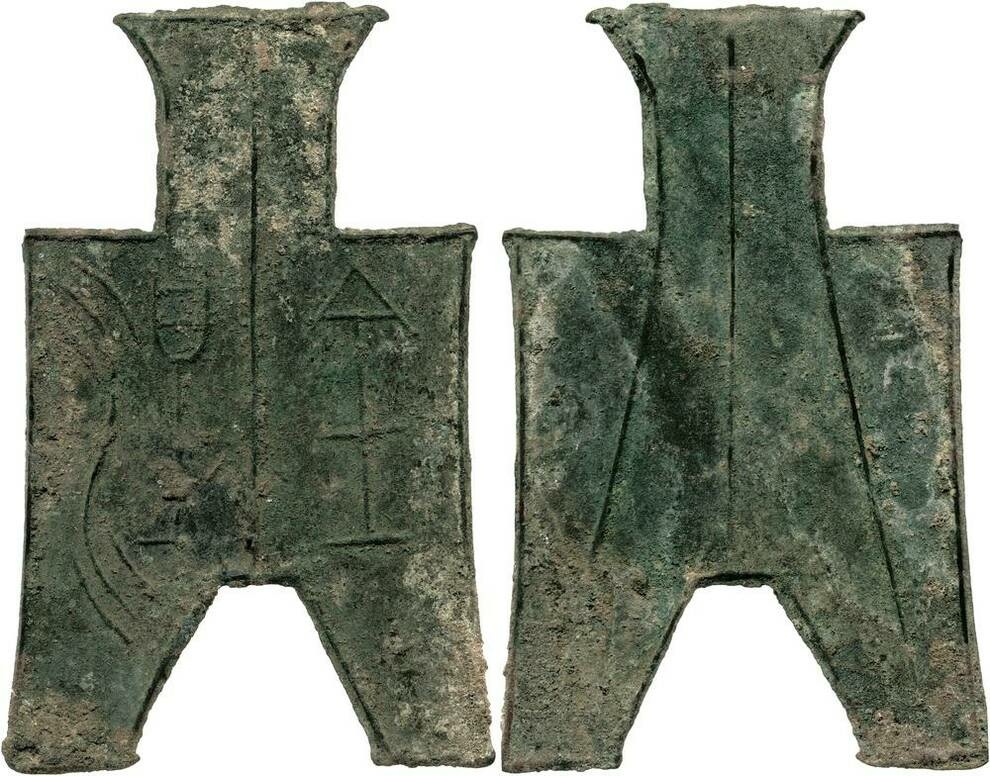

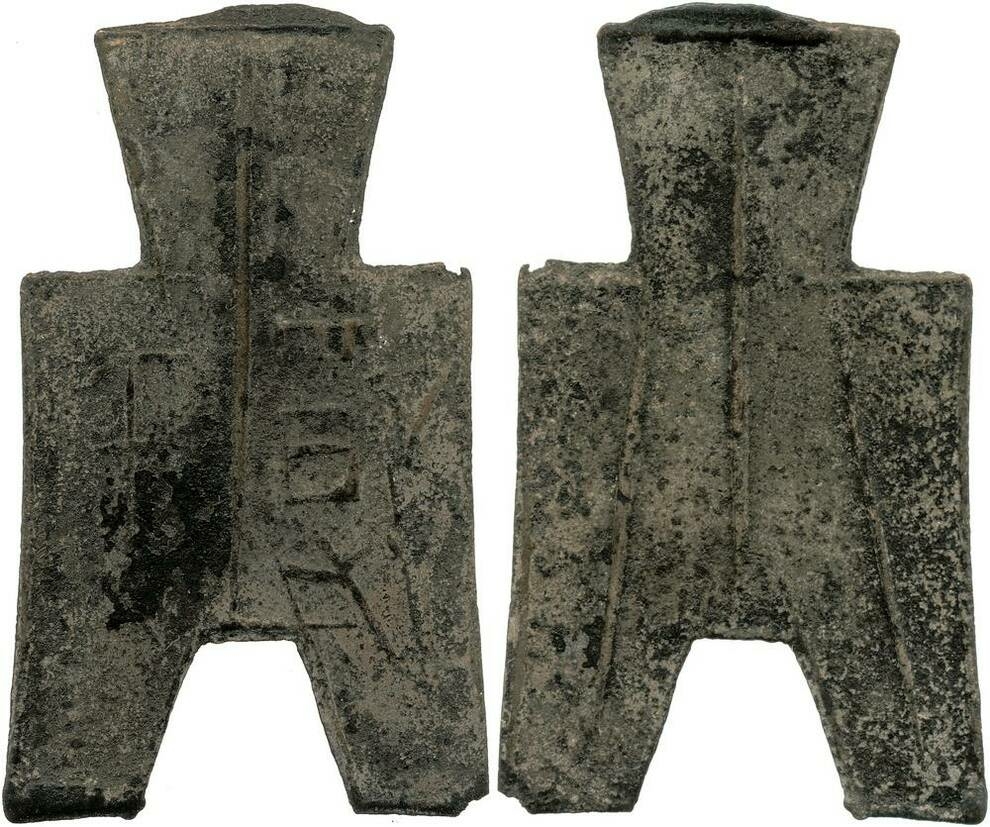
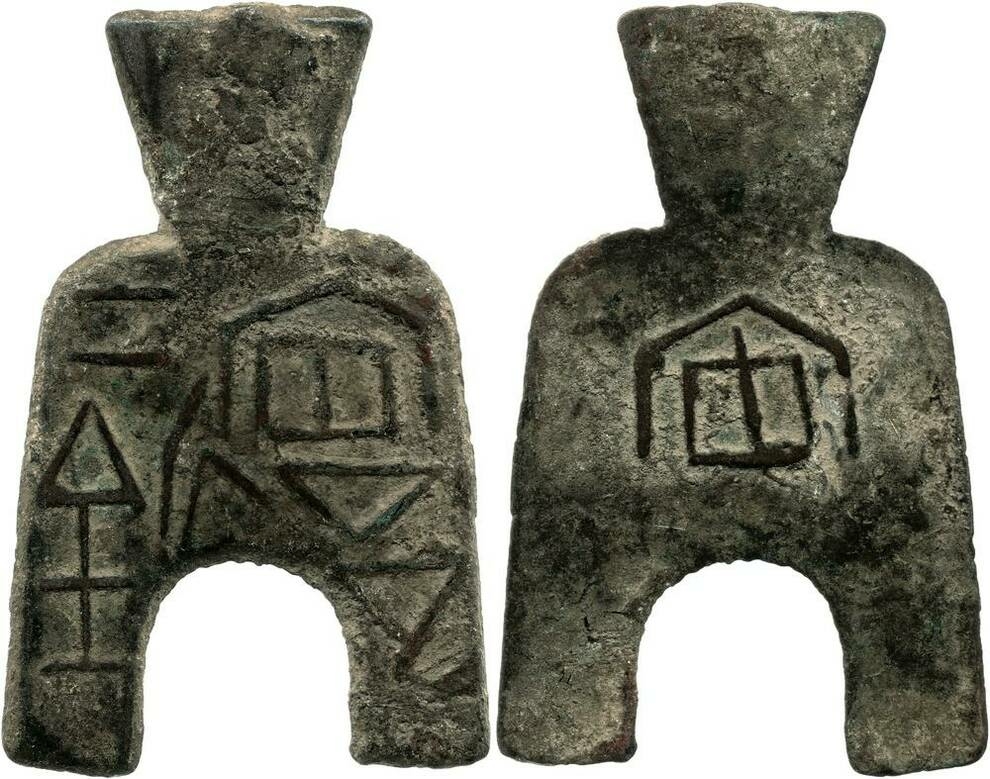
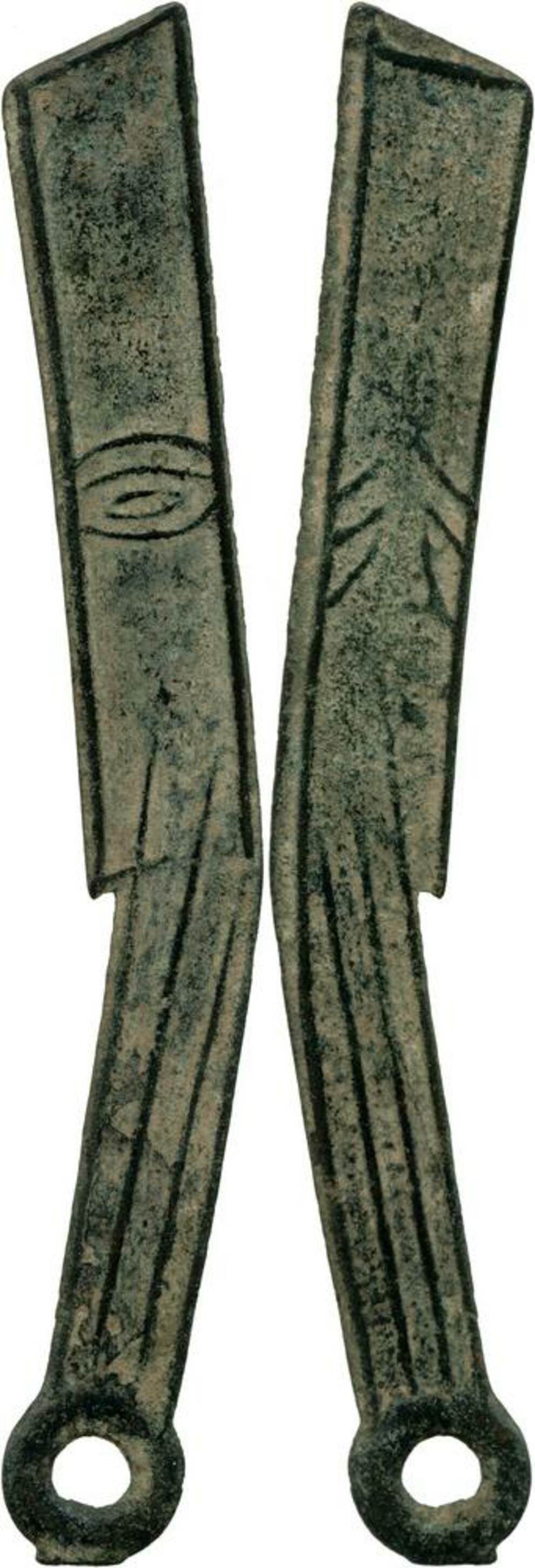


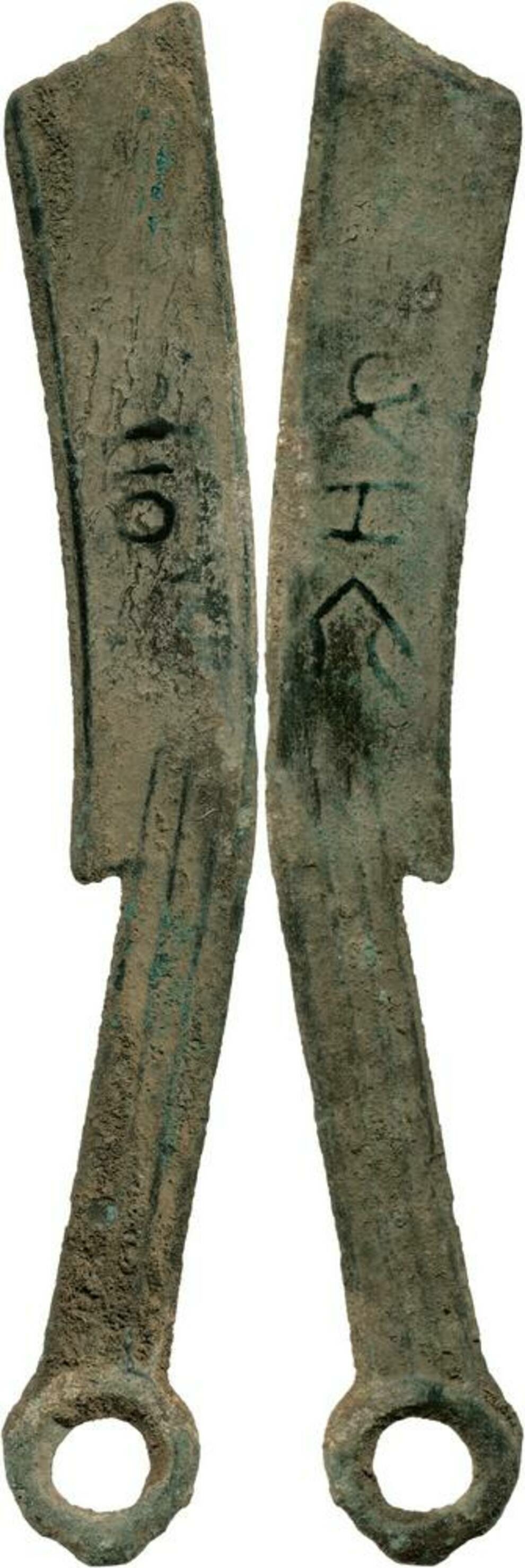
A special place in the collection is occupied by knife money and shovel coins, which were produced around 2750-2400 BC. Knife money was made of bronze, they are made in the form of knives and shovels, were used during the Zhou dynasty, later – during the Xin dynasty, when there were 12 different types of coins with a face value from 100 to 1000 qián. Before the appearance of these coins, bronze tools were the most valuable item of exchange. Their notional value was fixed in the form of nominal coins in the form of popular items of commodity exchange. Gold and silver in the Zhou period as a means of exchange and accumulation of wealth is poorly expressed.

Photo © www.britishmuseum.org

Photo © www.britishmuseum.org

Photo © www.britishmuseum.org

Photo © www.britishmuseum.org

Photo © www.britishmuseum.org

Photo © www.britishmuseum.org

Photo © www.britishmuseum.org

Photo © www.britishmuseum.org

Photo © www.britishmuseum.org

Photo © www.britishmuseum.org

Photo © www.britishmuseum.org

Photo © www.britishmuseum.org

Photo © www.britishmuseum.org

Photo © www.britishmuseum.org

Photo © www.britishmuseum.org
